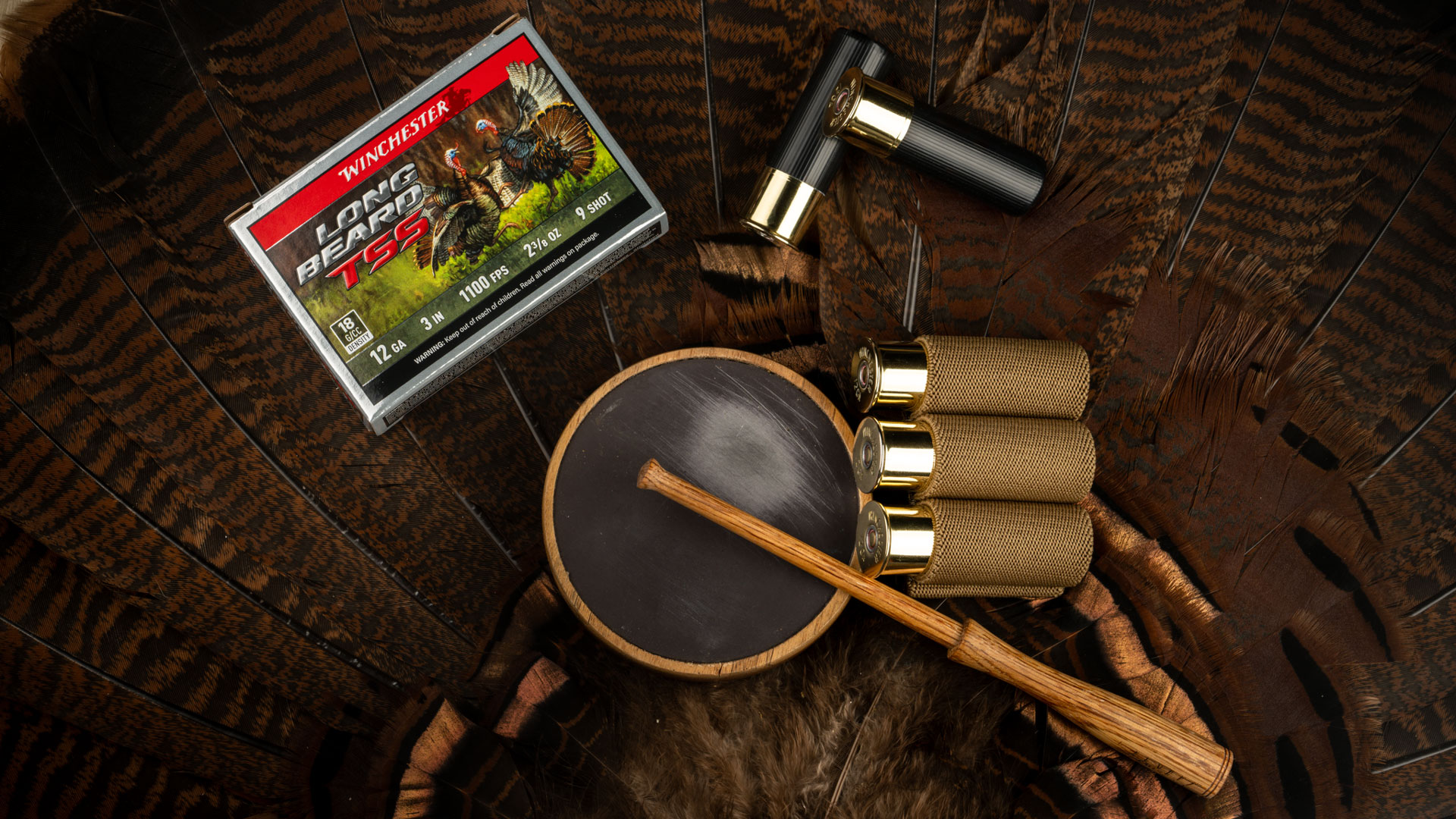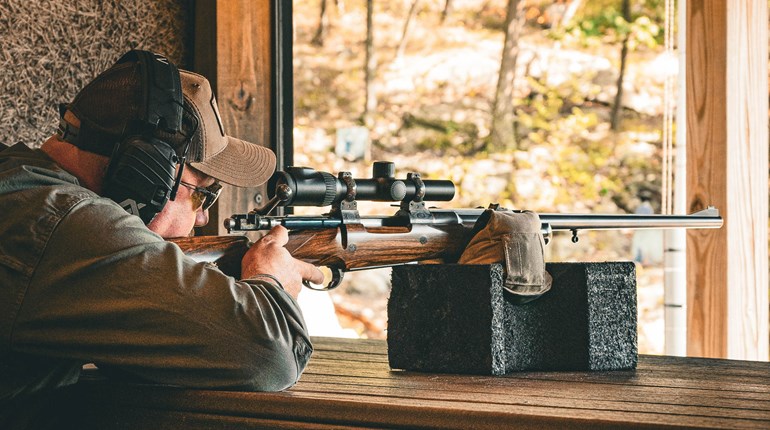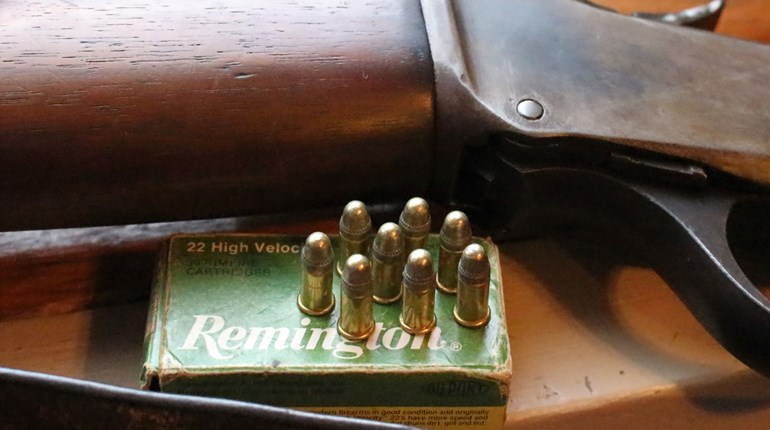
My grandfather was the first turkey-hunting partner I had, back in the late 1980s when hunting anything in the spring was absolutely unheard of. In that era, the cutting-edge camo was Jim Crumley’s Treebark, the 12-gauge was the only sane option for gobblers, and the larger the shot size the better off you were. Oh, how things have changed!
TSS—short for Tungsten Super Shot—has surely changed the game of late. Grandpa and I would use No. 4 lead shot (or copper-plated shot if we were flush that spring), or my Dad and I would get fancy in the 1990s with the Remington Duplex 2x4 or 2x6 lead shot loads. Today, the tungsten stuff is taking over as it is much denser and can assuredly get the job done on the biggest of gobblers in a much smaller shot size.

Winchester has announced their Long Beard TSS shotshell line for 2025, offering a performance level better than anything they’ve yet brought to market. Using the 18g/cc TSS shot (whereas lead comes in at 11g/cc), the Winchester Long Beard TSS loads use a buffered payload, which has proven to offer consistent shot patterns, irrespective of choke design. The dense material extends the potential effective range of your turkey gun, no matter the gauge. To think that I’d have to explain to my grandfather that we could—in all honesty—lay down the 12-gauge scatterguns in favor of a .410-bore still has me shaking my head, but it is the case.

Winchester offers the Long Beard TSS in 12-gauge with a 3 ½-inch load using 2 ¾-ounces of No. 8 TSS, or a 3-inch load using 2 ⅜-ounces of either No. 8 or No. 9 shot; in 20-gauge with a 1 9/16-ounce load of either No. 8 or No. 9 shot; in 28-gauge (love this!!) with a 2 ¾-inch load using 1 ¼-ounce load of No. 9 TSS shot, or a 3-inch load of 1 ½-ounces of the same shot; and in .410-bore, using 13/16-ounce of No. 9 shot. Those 28-gauge loads run at 1,050 fps; all others clock in a 1,100 fps. The Long Beard TSS comes in black-plastic hulls, with nickel-plated case heads. For more information, visit winchester.com.



































